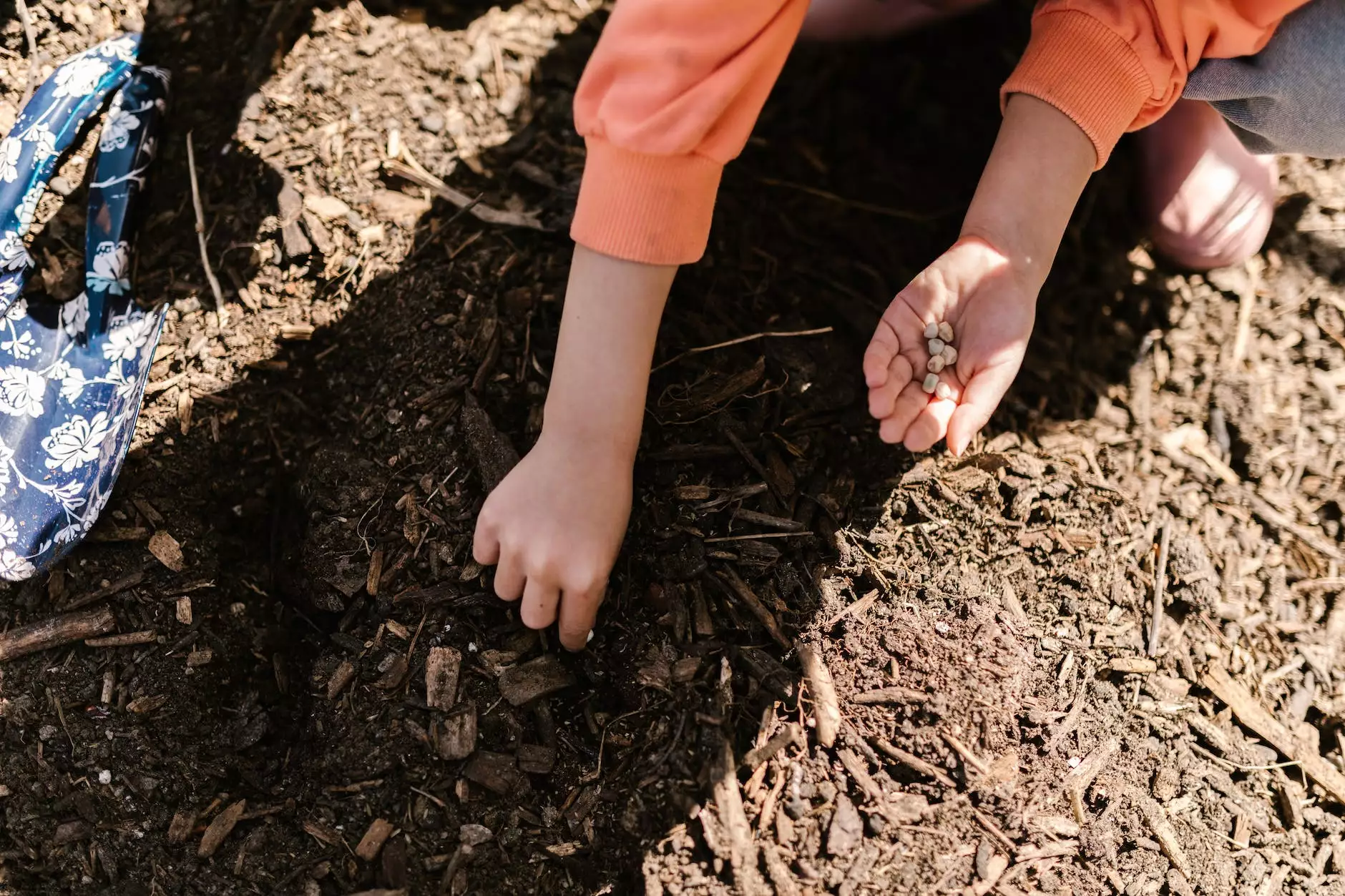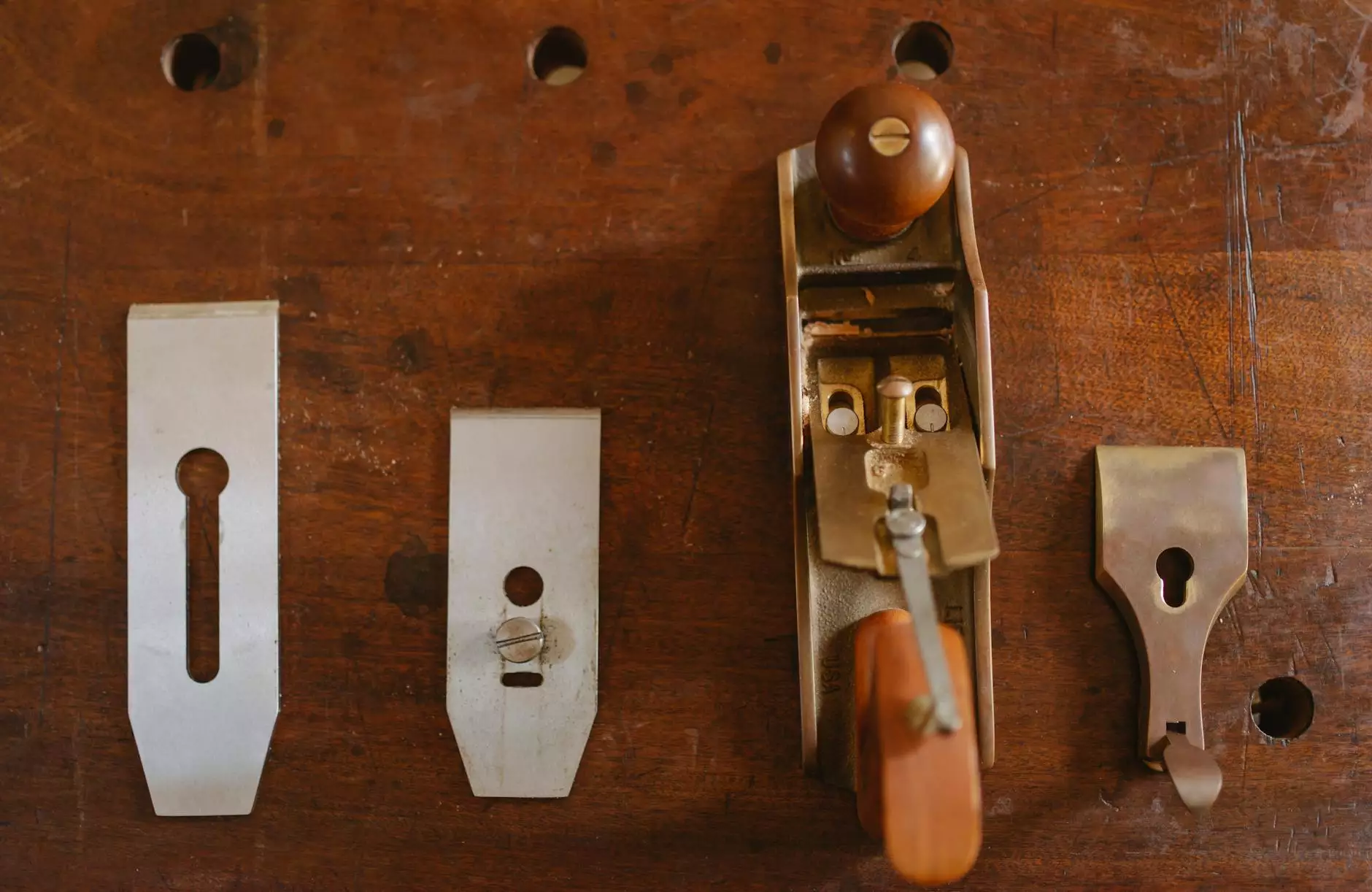How to Build Your Own Compost Pile

Introduction
Welcome to Screens Unlimited, your go-to resource for all your composting needs. In this guide, we will take you through the process of building your own compost pile. Composting is a great way to reduce waste, improve soil quality, and promote sustainable gardening practices. Whether you're a beginner or an experienced gardener, this comprehensive guide will provide you with all the information you need to get started.
Why Compost?
Composting is an important practice that helps reduce the amount of organic waste sent to landfills. Instead of throwing away food scraps, yard waste, and other organic materials, you can divert them from the waste stream and use them to create nutrient-rich compost. Compost is a natural fertilizer that enriches the soil, improves its structure, and promotes healthy plant growth. By composting, you can contribute to the sustainability of our environment and create a thriving garden ecosystem.
Step-by-Step Guide
Step 1: Choose a Location
The first step in building your own compost pile is to choose the right location. Look for a spot that is well-drained and receives adequate sunlight. Avoid areas with strong odors or close proximity to neighbors. You may consider using a compost bin or creating a compost pile directly on the ground.
Step 2: Gather Materials
To build an effective compost pile, you will need a combination of brown and green materials. Brown materials include dry leaves, straw, and shredded paper, while green materials include kitchen scraps, grass clippings, and fresh garden waste. Aim for a ratio of roughly 3 parts brown to 1 part green materials to ensure proper decomposition.
Step 3: Layering
Start by creating a layer of brown materials at the bottom of your compost pile. Add a layer of green materials on top, followed by another layer of brown materials. Continue layering until you have used up all your compostable materials. Make sure to sprinkle water between the layers to maintain proper moisture levels.
Step 4: Turning and Aerating
To accelerate the composting process and prevent odors, it's important to turn and aerate your compost pile regularly. Use a garden fork or compost turner to mix the materials thoroughly. This helps break down the organic matter and promotes the growth of beneficial microorganisms. Aim to turn your compost pile every 1-2 weeks.
Step 5: Monitoring and Troubleshooting
Regularly monitor the temperature, moisture, and smell of your compost pile. The ideal temperature for composting is between 120-150°F (49-66°C). If your compost pile becomes too dry, add water. If it becomes too wet, mix in additional dry materials. Avoid adding meat, dairy products, and diseased plants to prevent pests and diseases.
Step 6: Harvesting Your Compost
After a few months, your compost should be ready to use. It will have transformed into dark, crumbly, and earthy-smelling compost. Harvest the finished compost by sifting out any remaining large materials and use it to enrich your garden soil, potting mix, or as a top dressing for existing plants.
Tips and Best Practices
1. Balance the ingredients
Achieving the right balance of brown and green materials is key to successful composting. Too much brown material can slow down the decomposition process, while too much green material can lead to a smelly pile. Experiment with different ratios and adjust accordingly.
2. Chop or shred large materials
Chopping or shredding large materials like branches or vegetable scraps helps speed up the decomposition process. Smaller pieces have more surface area, allowing microorganisms to break them down faster.
3. Maintain moisture levels
Keep your compost pile moist but not soaked. Like a wrung-out sponge, it should feel damp when squeezed. Water the pile as needed, especially during dry periods, to ensure proper decomposition.
4. Avoid adding certain materials
Avoid adding meat, bones, dairy products, oily foods, and pet waste to your compost pile. These materials can attract pests, create odors, and may not break down properly. Stick to vegetable scraps, coffee grounds, eggshells, and yard waste.
5. Use compost in your garden
Once your compost is ready, apply it to your garden beds, vegetable patches, or container plants. Mix it into the soil to improve its structure, enrich it with nutrients, and enhance overall plant health.
Conclusion
Building your own compost pile allows you to make use of organic waste while creating a valuable resource for your garden. By following this step-by-step guide, you can establish a successful composting system that benefits both the environment and your plants. Remember to monitor the pile, maintain the right balance of materials, and practice good composting techniques. Screens Unlimited is here to support you on your composting journey, offering high-quality products and expert advice. Start building your own compost pile today and reap the rewards of sustainable gardening.



